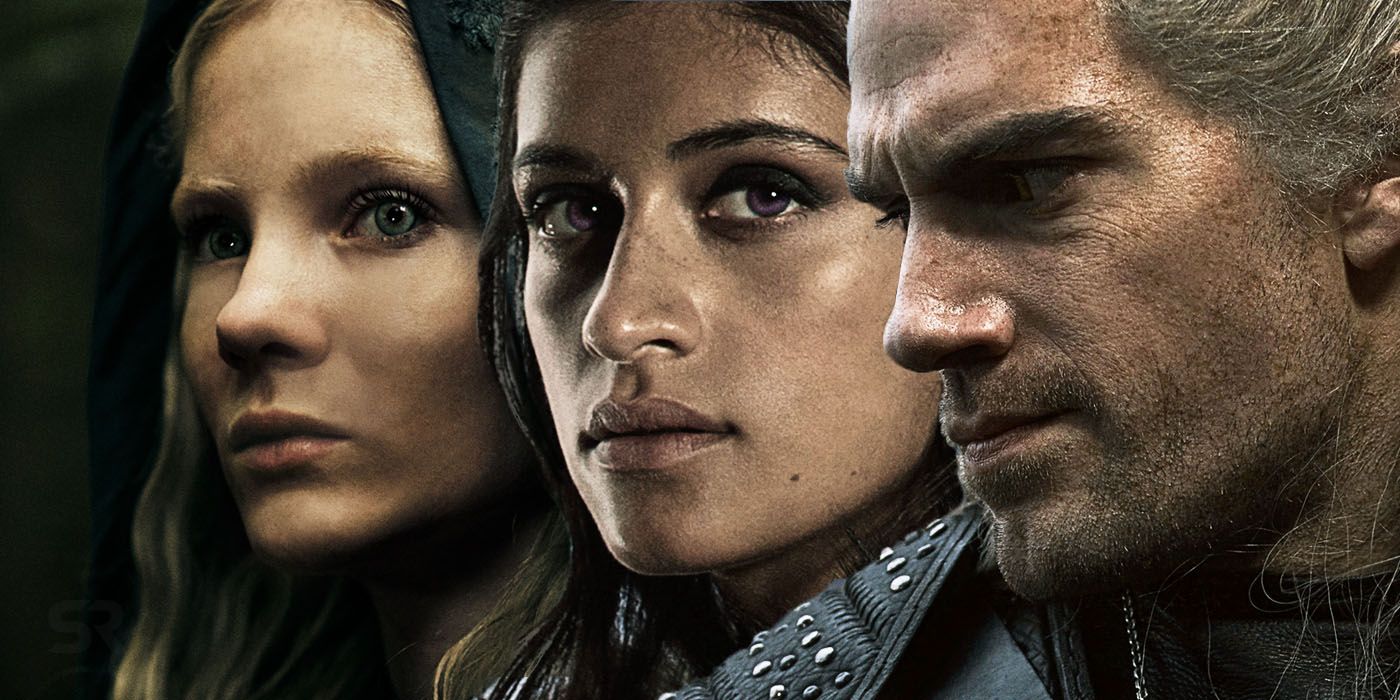
Warning: SPOILERS ahead for Netflix's The Witcher
The timeline of Netflix's The Witcher may seem complicated, telling three different stories, following three different leads, through three surprisingly different periods of time. But the show doesn't keep the separation a secret. In fact, it uses it to expand the history of The Witcher's world... even if most viewers may miss the clues and connections the first time through.
Whether you notice it in the first episode of the season or the last, it eventually becomes clear that The Witcher is set in three different timelines. And while most shows or movies may use such a device -- without explicitly explaining it to the audience -- for the sake of a twist, a mystery, or greater 'reveal,' that isn't the case for The Witcher. The goal is showing the same world through three different characters, at three different times, and what happens when they collide. And believe it or not, The Witcher was giving viewers clues and references to assemble the complete timeline from the very start.
The fact that The Witcher never 'reveals' the three timelines as a grand twist, but a storytelling device that slowly locks into place... may actually confuse audiences more (since that's not the usual way for a show or movie to show its 'brilliant' conceit). But to help viewers appreciate that storytelling at work in The Witcher, we're breaking down every timeline clue, reference, and connection in each episode. Starting with the one thing viewers crave most: an explicit timeline.
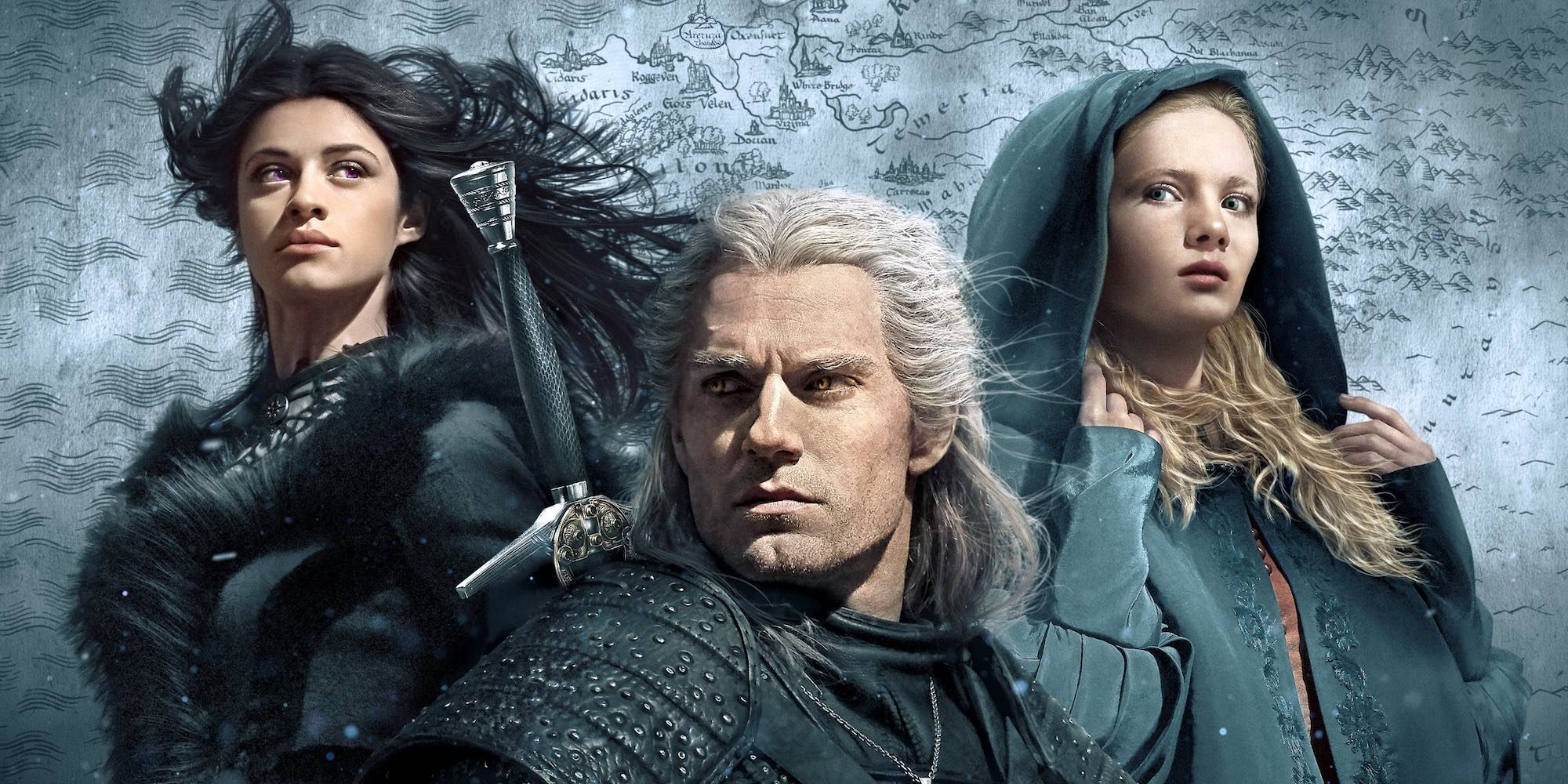
Since the show itself never mentions specific years, and features two leads who can span decades without visibly aging, it's safe to say years are passing between every appearance. The show confirms as much by having Geralt's legend grow, or referring to further trysts between he and Yennefer. In Episode 5, Jaskier calls out the passing time directly when he stumbles upon Geralt fishing for a genie, asking him: "What's it been, months? Years? What is time, anyway?" But for those who will be helped by seeing the show's event laid out by year, the original books by Andrzej Sapkowski give a few concrete birthdates and battles, around which we've approximated the rest of the series.
- 1170 - The Great Cleansing of Elves
- 1173 - Yennefer is born
- 1190 - Yennefer attends Aretuza
- 1230 - Yennefer becomes mage of Aedirn (approx.)
- 1232 - Calanthe named queen
- 1233 - Calanthe wins The Battle of Hochebuz
- 1234 - Geralt meets Renfri
- 1235 - The Usurper overthrows Nilfgaard
- 1237 - Princess Pavetta is born
- 1252 - Princess Pavetta is married
- 1253 - Ciri is born
- 1257 - The Usurper is killed
- 1260 - Yennefer and Geralt meet (approx.)
- 1263 - Nilfgaard invades Cintra
The timeline may help some, but every single viewer will want to know the clues and references they missed. For those in episode by episode breakdown, read on below!
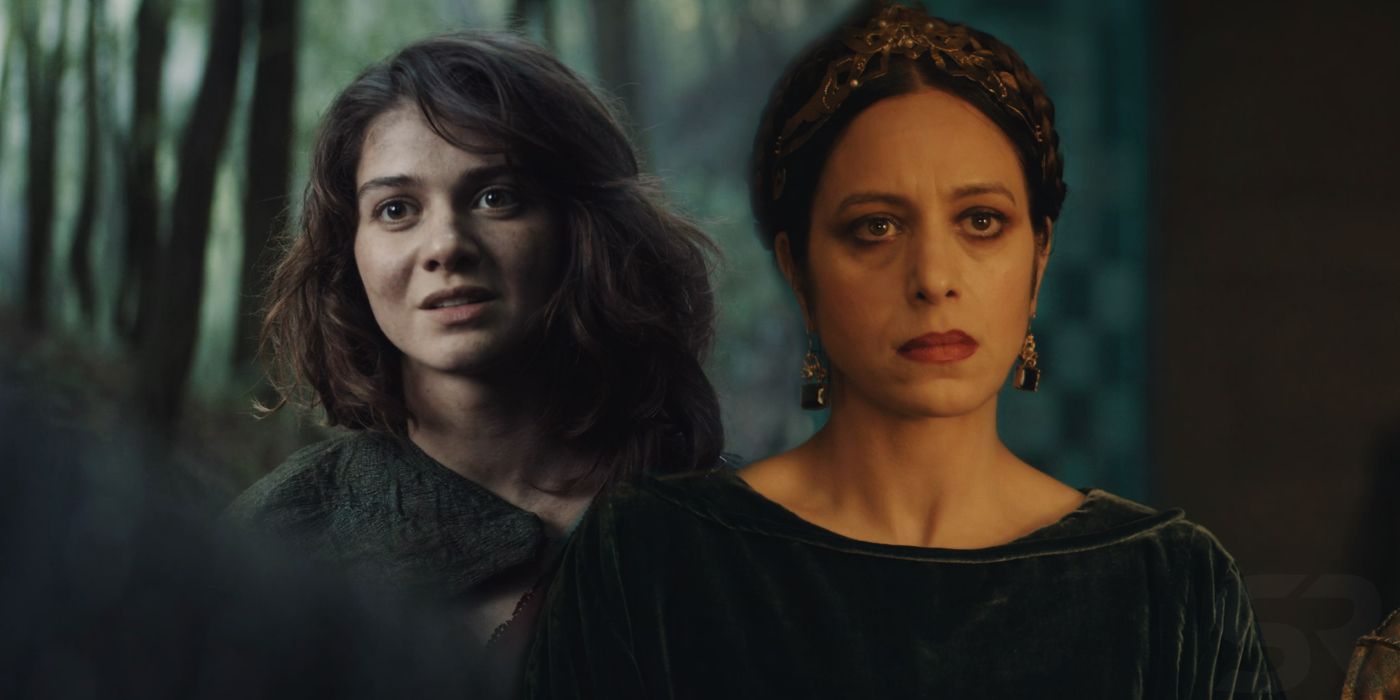
The split timelines of Yennefer, Geralt, and Ciri are going to be picked up on at different speeds by every viewer, but the time difference between what viewers think is happening concurrently -- Geralt meeting Renfri and the invasion of Cintra are in reality close to thirty years apart -- is given away in the very first episode. Which means if there is one line of dialogue that detail-oriented viewers will be kicking themselves over, it's this one.
When Queen Calanthe and Eist discuss the threat posed by Nilfgaard's army on the march, Princess Ciri butts in wanting to know more. But when it's implied that she is too young for such matters, Ciri fires back, telling her grandmother, "you won your first battle in Hochebuz when you were my age." The connection to Geralt comes just minutes later. When discussing what she could have been, Renfri chooses a familiar reference. "Queen Calanthe of Cintra?" she mentions to Geralt, "She just won her first battle at Hochebuz."
Do the math and assume Queen Calanthe was no older than fifteen at Hochebuz, and is near forty-five in Ciri's time (the actual age of actress Jodhi May), and you have your time gap perfectly established. Add the fact that Stregobor is in hiding dissecting princesses, and he's a far cry from the mage he'll be shown as in episodes to come.

The second episode, "Four Marks," does the legwork of explaining the history of Elves and Humans as it applies to each of the leads. It is Ciri who first stumbles onto the blood feud, first by meeting Dara (though she doesn't know he's an Elf just yet), and eventually meeting a Cintran refugee with a necklace made of grisly souvenirs:
They're Elf ears. I killed them all. Doing my part to avenge human lives lost in Filavandrel's uprising... The Elves call him 'King.' Last year, he tried to claim Cintran land. My brother got an arrow in the brain. Every day, I make sure his death's not in vain.
Viewers don't yet know Filavandrel, supposed 'King of the Elves.' But any suggestion of a villainy is soon dispelled when Geralt is taken prisoner by refugee Elves, and meets Filavandrel in the flesh. Those who already realized Geralt is still a decade or two in Ciri's past won't be surprised to see Toruviel, one of Filavandrel's followers, promise "a new generation of Evellien who wish to fight! Let us take back what's ours." Sadly, viewers know how that uprising turns out.
The point being made is clear enough, showing how suffering people can be painted as villains by enemies. To complete the trio, the final scenes of the episode deliver the reveal that Yennefer is of Elf blood, responsible for her magic (her strength) and her disfigurement (her weakness). Istredd explains how far back the lies go, revealing Humans slaughtered the Elves that taught the first mages, too. Cue Jaskier to close out the episode with "Toss a Coin to Your Witcher," educating Geralt on lies growing into legends.
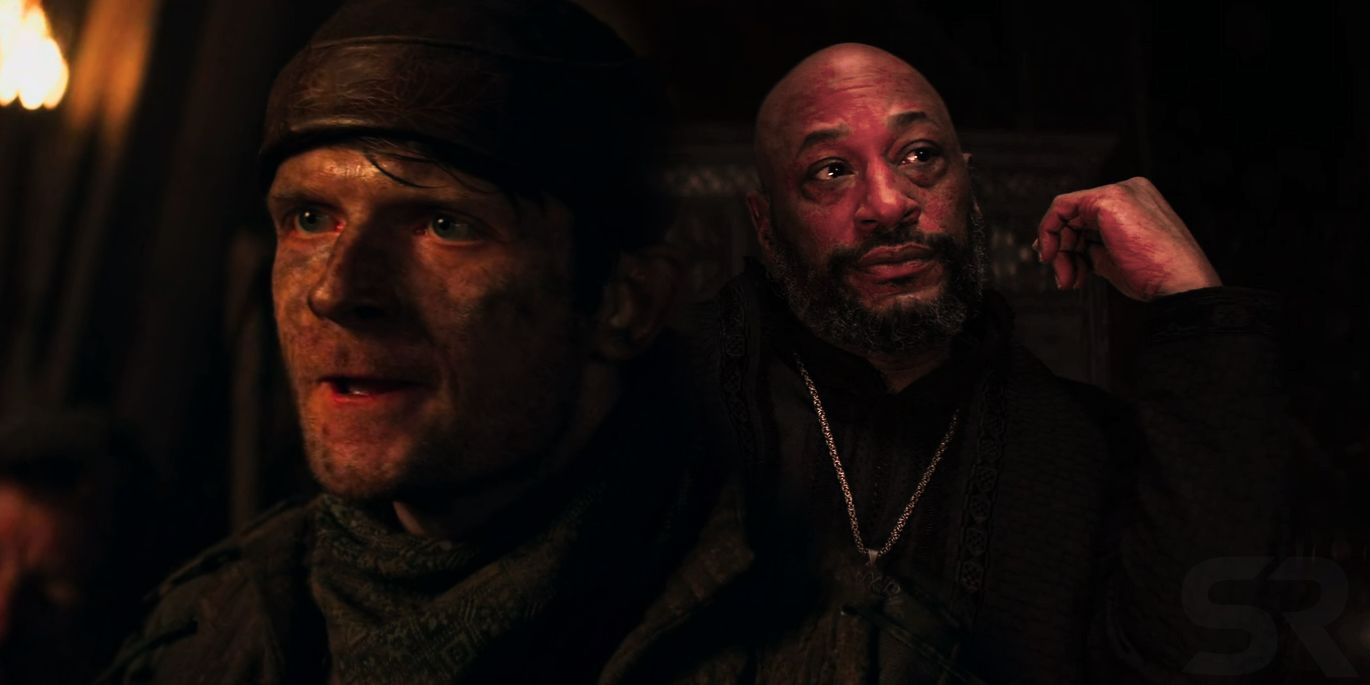
The world-building coinciding with layering of themes continues into Episode 3, "Betrayer Moon," as the kingdom of Nilfgaard is established. The idea of a complacent ruler ignoring their kingdom's peril applies to both Nilfgaard of the past, and Queen Calanthe's pride in the future. But it all begins with Geralt, anchored squarely in between the two, facing an idle king of his own. And for fans of royal history, betrayals, and stolen crowns, this dive into Nilfgaard is exactly what you've been waiting for.
Episode 3 actually explains almost everything viewers need to know about Nilfgaard, starting with the miners Geralt agrees to help. With their King Foltest ignoring their deaths, one suggests following the example of Nilfgaard, whose people starved as their king ignored them. "Then someone came. The Usurper." That's the real history of Nilfgaard being communicated to the viewer, and a later scene confirms as much (from a more... influential perspective).
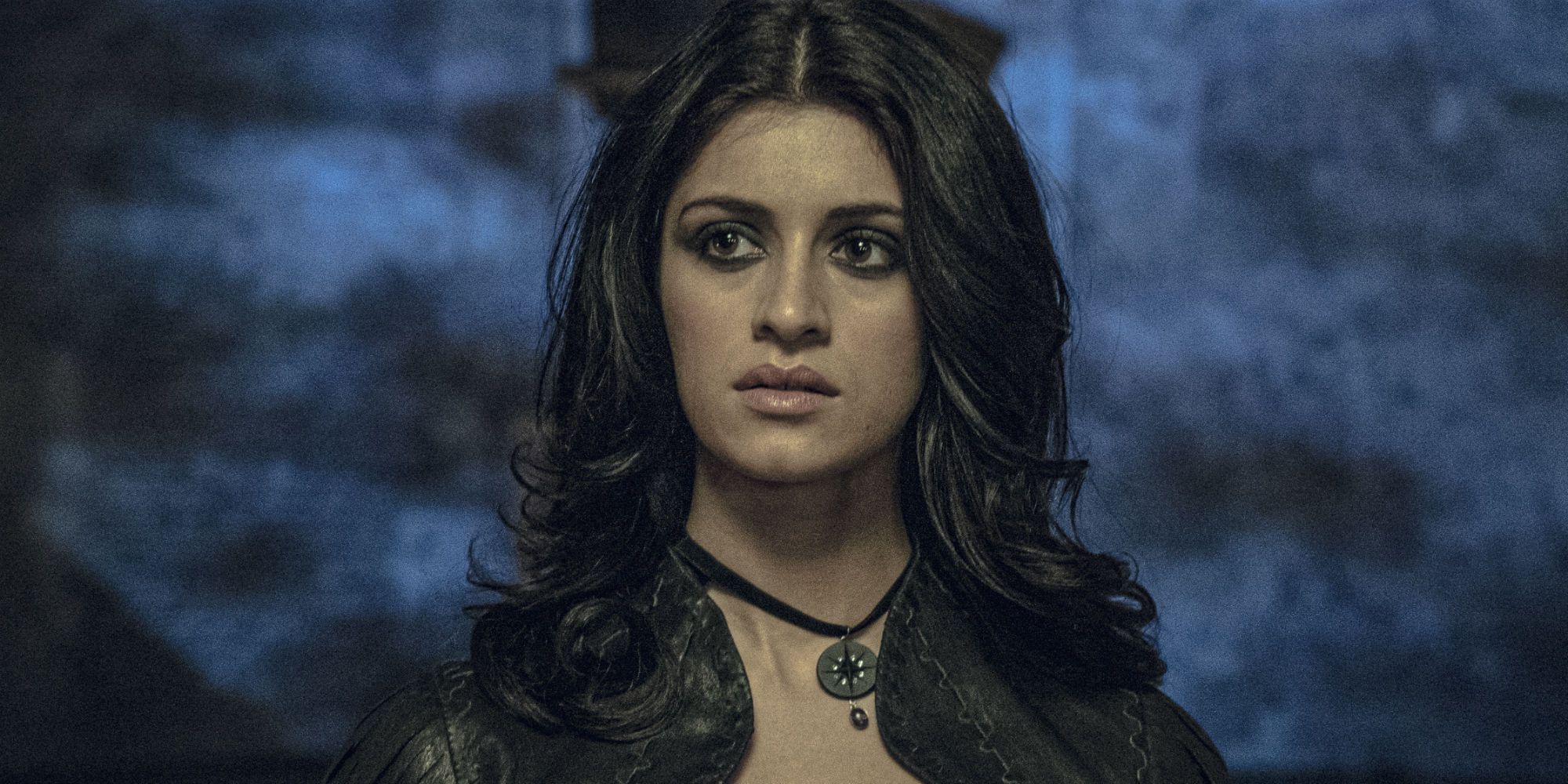
When the mages of the Chapter meet to discuss the state of Nilfgaard years before Geralt, Stregobor reveals King Fergus has yet to be overthrown, still "spending the kingdom's money on women as his people starve to death." To give the viewer a more specific sense of when this scene is taking place, the mages then address the state of Cintra. Hoping that a new heir may be more tolerant or inviting to their order, Tissaia says the dying king's daughter Calanthe is even more stubborn. In the process, confirming this part of the story is only a few years before Calanthe takes the crown, and Stregobor meeting Geralt a few years later in Blaviken.
The politics exchanged in the Chapter's meeting will be difficult to follow unless viewers have committed the names of the young witches and their homelands to memory (again, turn on the subtitles). But the original plan of sending Yennefer back to her home country, and Fringilla to Nilfgaard, is soon derailed. Determined not to serve a perverted fool like King Fergus, Yennefer takes matters into her own hands. When she stuns the King of Aedirn into instant affection, Fringilla realizes her fate now rests in Nilfgaard. But viewers should remember: King Fergus is about to be overthrown by The Usurper. And in a few more decades, Nilfgaard rises high enough to conquer Cintra. Thanks to these storylines, viewers can start to spin theories on exactly how they pulled it off...
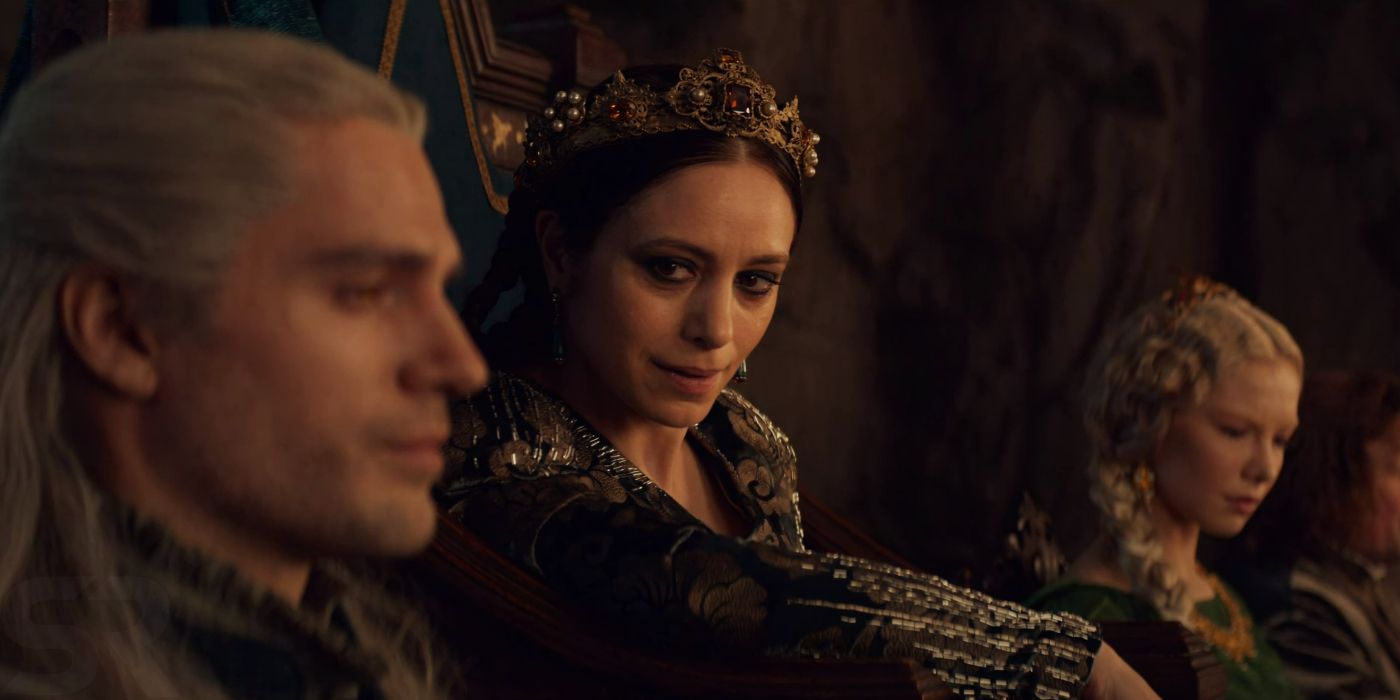
Any questions about the timeline are more or less answered with Geralt finally meeting Queen Calanthe (at age thirty-four, in case anyone was wondering), and establishing the birth year of Ciri. But the fourth episode, "Of Banquets, Bastards and Burials" also colors in more of the timeline both in the past and future. For starters, Geralt has silently spanned almost twenty years from the day Renfri informed him of the teenage queen's victory to her daughter's wedding. When considering the place Renfri has earned in Geralt's conscience, and how Jaskier's tales have spread far and wide, it makes sense. Especially considering Geralt's not-quite-natural aging.
But the true dramatic irony of the scene is reserved for those who have paid close attention to the world-building and history. When 'Lord Peregrine of Nilfgaard' makes his offer to Calanthe and Pavetta, he is humiliated by Calanthe's jab that "Nilfgaardian kings don't remain kings for long. Who will take The Usurper's crown, you?" Knowing Nilfgaard will destroy her kingdom in a little over a decade, one could even suspect Lord Peregrine does take The Usurper's crown, with this very insult the fuel for his conquest. But the truth... is far more complicated.
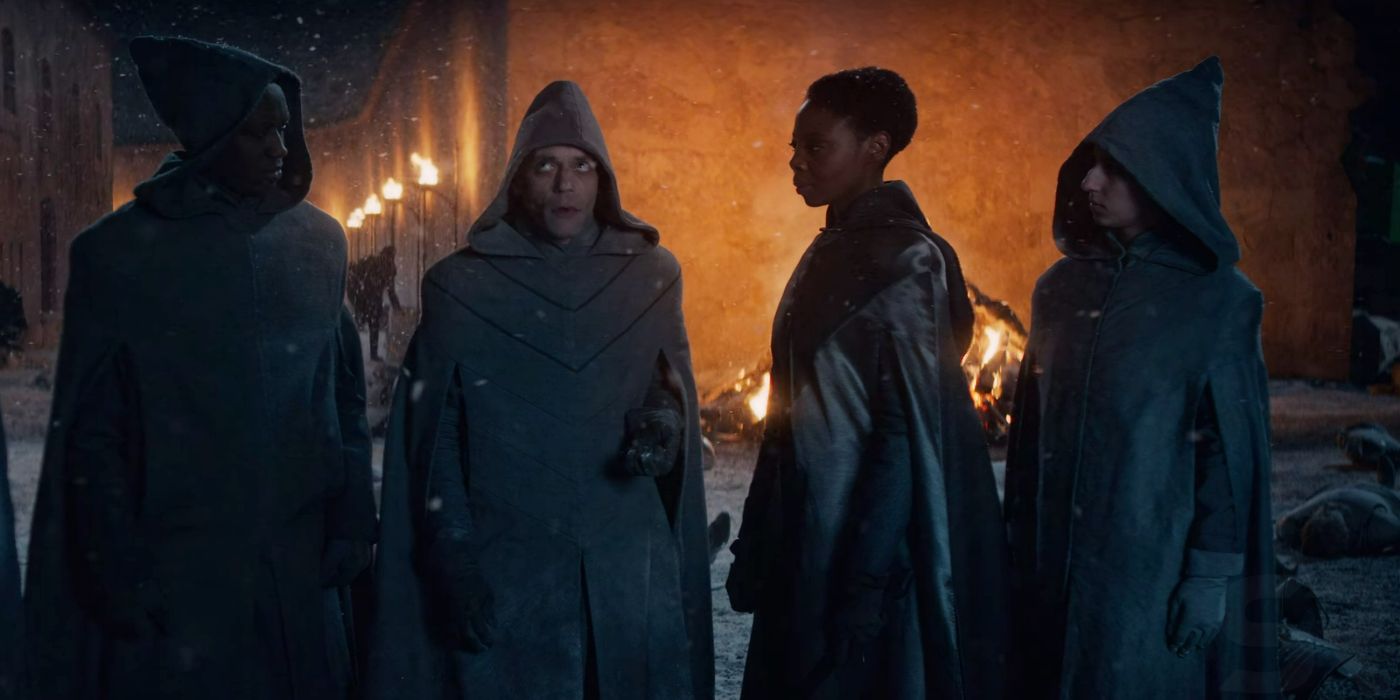
The dramatic irony is driven home when the episode shifts from Calanthe's banquet to a vision of Cintra burning in the 'present.' Enter Fringilla, having clearly put her decades of service to Nilfgaard to good use, brutally killing a servant for the sake of magic. The following episode brings Yennefer and Geralt colliding together before spanning the gap between the witcher claiming Ciri as a child of surprise, and him embracing his destiny to seek out Ciri in the present day.
--
Hopefully these clues and connections can be appreciated aside from The Witcher itself, although repeat viewings will make them hard to miss (especially once viewers know where the three timelines collide and collapse). And if future seasons of The Witcher follow the stories told in the books, expect these same empires, conflicts, and events to become more and more important.
from ScreenRant - Feed https://ift.tt/2SKKv2b

0 comments:
Post a Comment